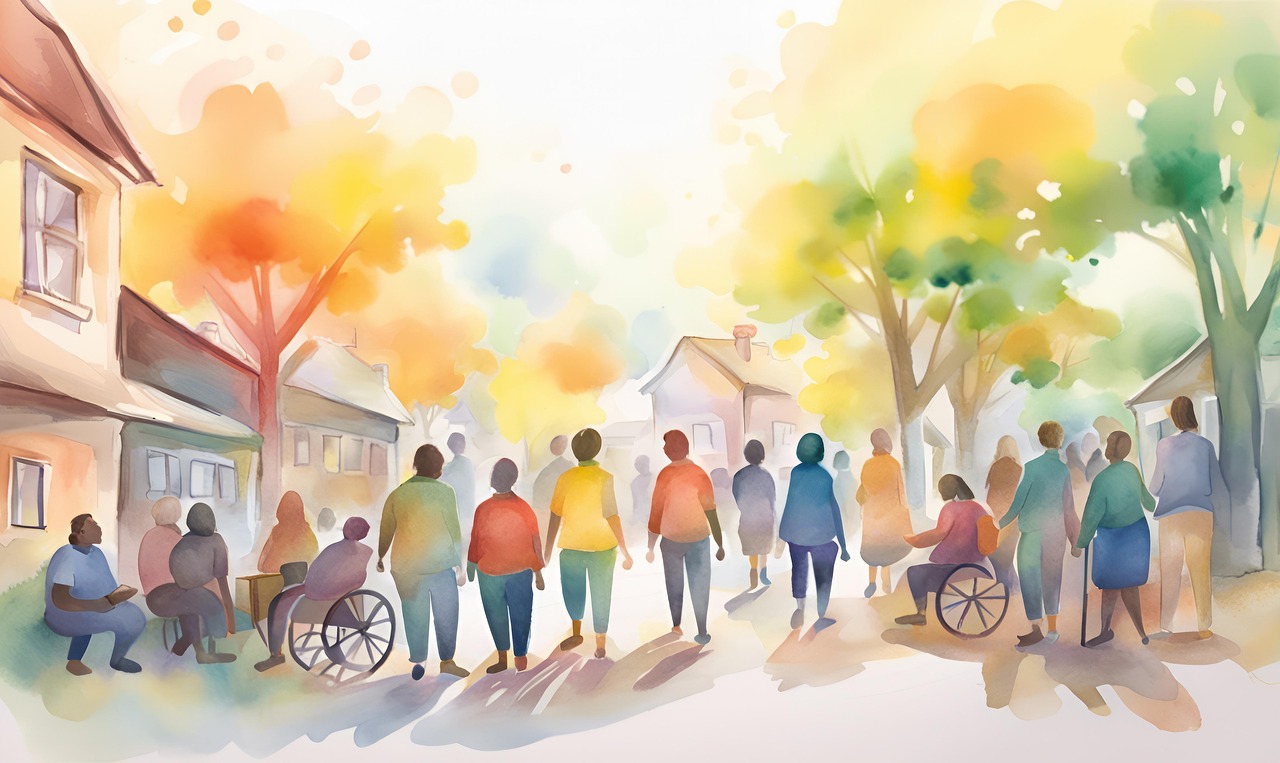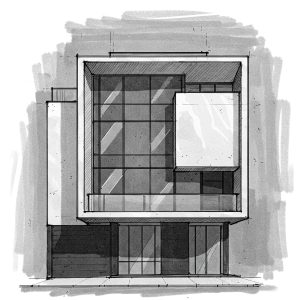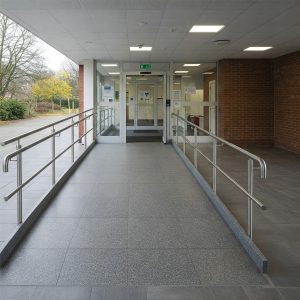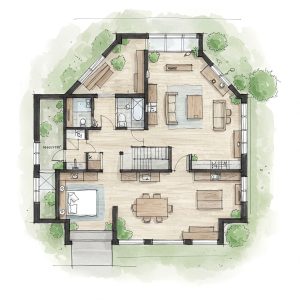Architecture as a Social Catalyst
Architecture has the power to shape not only our physical environment but also our social interactions. It can serve as a catalyst for community building, creating spaces that foster connection, belonging, and a sense of shared identity. This week, we’ll explore how design can be a powerful tool for strengthening communities and enhancing social well-being.
Understanding Architecture and Community
The build environment plays a crucial role in shaping social behavior and interactions. Well-designed spaces can promote a sense of place and identity, encouraging people to connect with their neighbors and participate in community life. The conept of “third places”- spaces outside of home and work where people gather – is essential for fostering social connections.
Design Strategies for Community Building
-
- Public Spaces: Parks, plazas, and community centers provide opportunities for social gathering and interaction.
-
- Mixed-Use Developments: Integrating residential, commercial, and recreational spaces creates vibrant, walkable neighborhoods that encourage interaction.
-
- Community Gardens: Urban agriculture fosters community engagement, provides access to fresh food, and connects people to nature.
-
- Pedestrian-Friendly Design: Walkable streets and public transit promote social interaction, reduce isolation, and create a sense of community.
Case Studies in Community-Focused Architecture
Numerous architectural projects have successfully fostered community building. Examining these case studies reveals the design elements and strategies that contribute to their success. Community involvement in the design process is essential for creating spaces that meet the needs of residents.
The Impact of Architecture on Social Well-being
Well-designed community spaces can improve social cohesion, reduce isolation, and create inclusive and equitable communities. Architecture can promote a sense of belonging and cultural identity, strengthening the social fabric of neighborhoods.
Designing for Social Connection
Architecture has the power to build social connections and strengthen communities. By creating spaces that encourage interaction and belonging, we can enhance social well-being and create more vibrant and inclusive neighborhoods.
Next week, we’ll explore The Impact of Architecture on Health and Well-being, examining the connection between the built environment and physical and mental health. We encourage you to share your experiences and questions about architecture and community in the comments below.
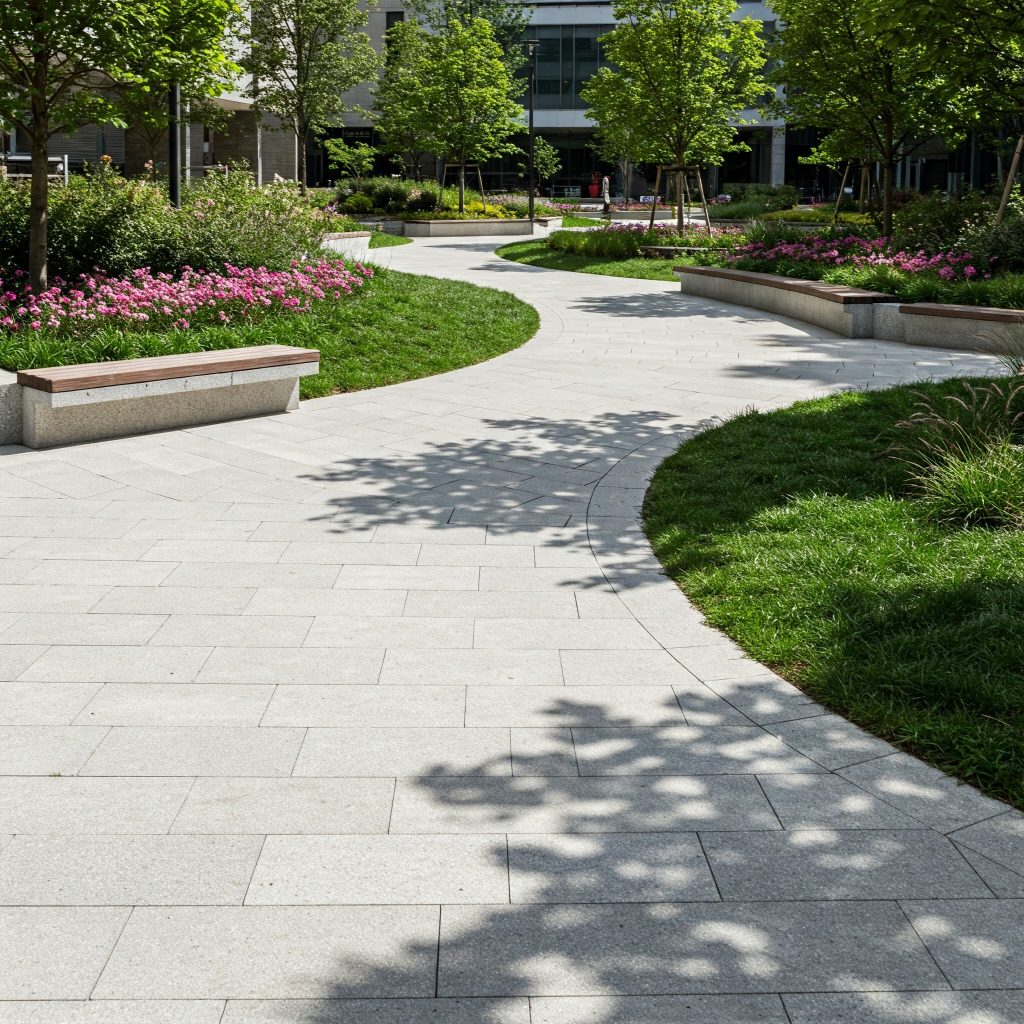
For More Information:
-
Project for Public Spaces (PPS): This organization is dedicated to creating and sustaining public places that build strong communities. Their website offers a wealth of resources, articles, and case studies on placemaking and the social impact of public spaces. You can find them at Project for Public Spaces.
-
The American Planning Association (APA): While broader than just architecture, the APA offers valuable insights into community planning and the role of the built environment in fostering social connections. Their website has publications, research, and resources on creating sustainable and livable communities. Visit them at American Planning Association.
-
ArchDaily: This popular architecture website often features projects and articles focused on the social aspects of design, including community centers, public spaces, and mixed-use developments. You can explore their content at ArchDaily. Use the search function on their site to look for topics like “community architecture” or “social design.”
-
The Social Impact Design Guide: This online guide provides a framework and resources for architects and designers looking to create positive social impact through their work. It includes principles, processes, and case studies relevant to your blog post’s theme. Check it out at Social Impact Design Guide
.
